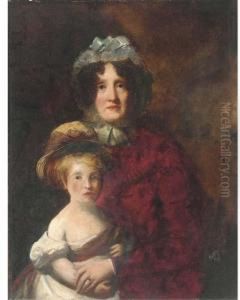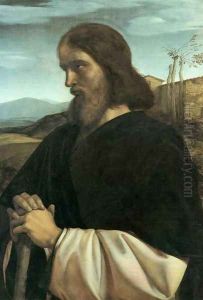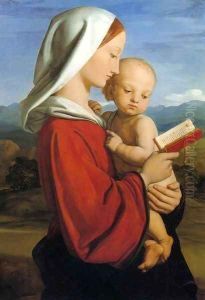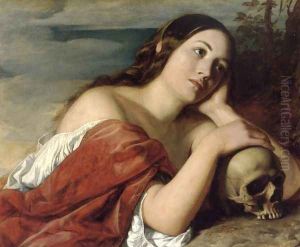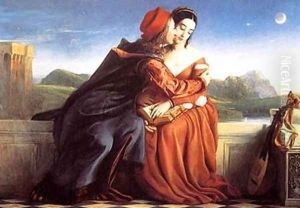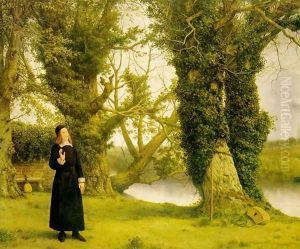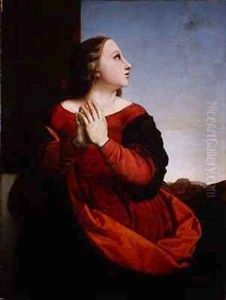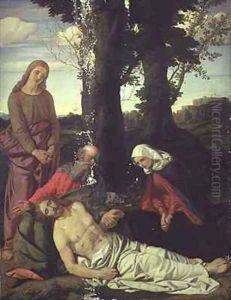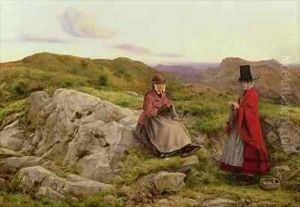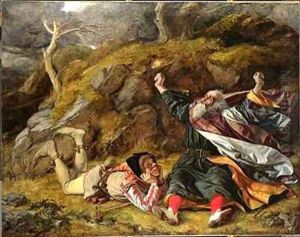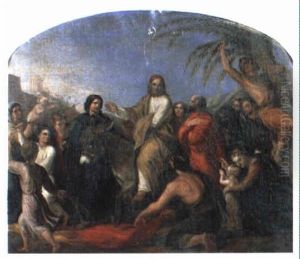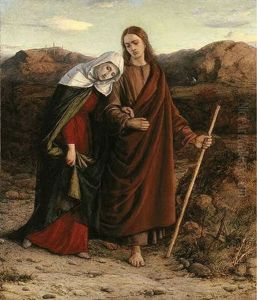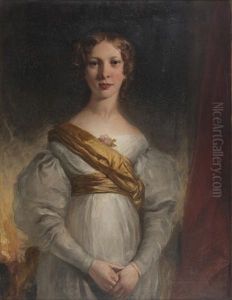William Dyce Paintings
William Dyce was a distinguished Scottish painter, best known for his contributions to the mural decoration of the Palace of Westminster. Born on September 19, 1806, in Aberdeen, Scotland, Dyce showed an early interest in art and was encouraged by his family to pursue his talents. He studied at the Royal Scottish Academy schools in Edinburgh and later at the Royal Academy in London. Dyce was also a student of the Royal Academy of Fine Arts in Rome, where he was deeply influenced by the works of the Italian Renaissance painters.
Dyce's early work included portraiture and classical subjects, but he soon became involved in the nascent field of art education, becoming one of the first professors at the newly established Government School of Design, later known as the Royal College of Art. His ideas on education were progressive for the time, emphasizing the importance of both technical proficiency and the study of art history.
In the 1840s, Dyce was commissioned to create a series of frescoes for the Queen's Robing Room in the Palace of Westminster, which was being rebuilt after a fire. His most famous work from this series is 'The Baptism of Ethelbert', which reflects his interest in early Christian themes and his mastery of fresco technique. The project was fraught with technical difficulties, but Dyce's work was praised for its scholarly approach and its fusion of Romantic and Pre-Raphaelite elements.
Throughout his life, Dyce was also involved in various art organizations and took part in debates concerning public art and its role in society. He was a strong advocate for the government's role in promoting the arts. Tragically, his career was cut short when he died on February 14, 1864, in Streatham, England. His legacy lived on, influencing the work of future artists and the course of art education in the United Kingdom. Dyce's works can be seen in many galleries across the UK, including the Tate Britain and the National Galleries of Scotland.
